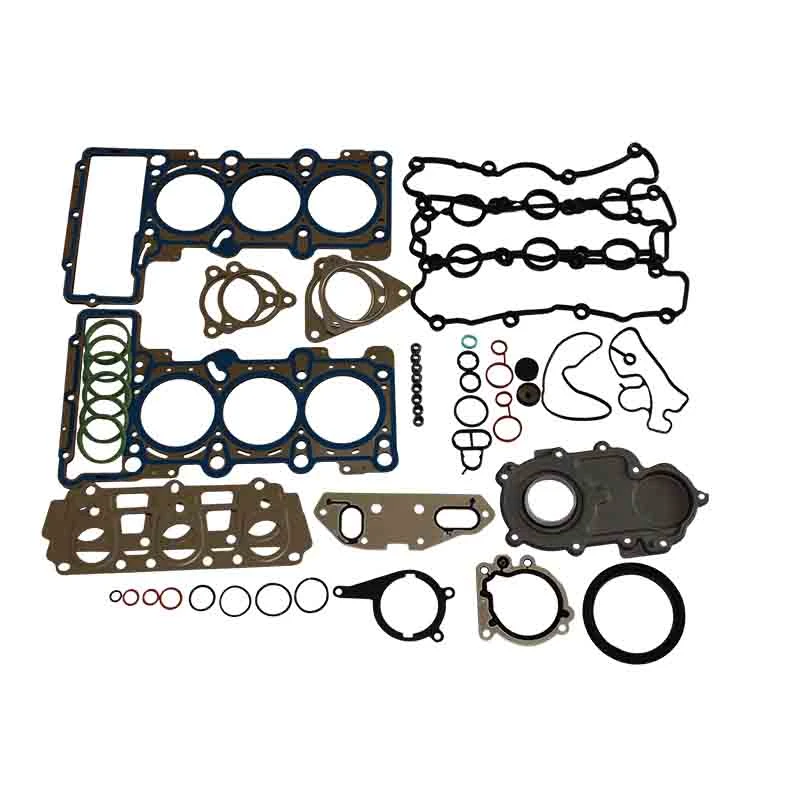Understanding the Importance of Torque Converter Seals in Vehicle Performance and Maintenance
Understanding Torque Converter Seals Importance, Function, and Maintenance
The torque converter is a crucial component of an automatic transmission system, allowing for smooth power transfer between the engine and the transmission. One of the most vital yet often overlooked parts of the torque converter is its seals, which play an essential role in ensuring optimal performance and reliability. This article delves into the importance, functionality, and maintenance of torque converter seals.
What is a Torque Converter Seal?
A torque converter seal is specifically designed to prevent fluid leaks and maintain pressure within the torque converter. It is typically located at key points where the converter connects with the engine and transmission. These seals are made from durable materials to withstand high temperatures, pressures, and potential wear and tear from hydraulic fluids. Common materials for torque converter seals include rubber, polyurethane, or other advanced materials that provide a balance of flexibility and strength.
Importance of Torque Converter Seals
The seals in the torque converter serve several vital functions. Firstly, they prevent hydraulic fluid from leaking out, which is essential for the converter's operation. Any leakage can lead to a loss of hydraulic pressure, resulting in decreased performance and ultimately leading to transmission failure. Secondly, seals help to maintain the correct oil pressure within the converter, facilitating the proper function of the vehicle's transmission system.
Moreover, the integrity of the torque converter seal contributes to the overall efficiency of the transmission. By preventing leaks, the seals ensure that the hydraulic fluid is always at the right level, helping the torque converter perform its role of multiplying torque and improving acceleration. In vehicles, this translates to smoother shifting and better fuel efficiency.
Signs of Torque Converter Seal Failure
Understanding the signs of torque converter seal failure is crucial for vehicle maintenance. Some common indicators include
torque convertor seal

1. Fluid Leaks The most apparent sign of a seal problem is the presence of transmission fluid beneath the vehicle. If you notice red or brown fluid accumulating where your car is parked, it could indicate a leaking torque converter seal.
2. Transmission Overheating A faulty seal may lead to a loss of hydraulic pressure, causing the transmission to work harder, which in turn generates heat. Overheating can severely damage the transmission, potentially leading to costly repairs.
3. Slipping Gears If the vehicle hesitates or suddenly changes gears without driver input, this could indicate an issue with the torque converter seal. A drop in hydraulic pressure can compromise the converter's functioning, affecting gear shifts.
4. Poor Acceleration A vehicle that fails to accelerate smoothly may have a faulty torque converter seal. The loss of pressure can hinder the converter's ability to multiply torque effectively, resulting in sluggish performance.
Maintenance and Replacement
To ensure the longevity and reliability of torque converter seals, regular maintenance is key. Periodic checks of the transmission fluid level and condition can help detect potential seal leaks early. It is essential to change the transmission fluid as recommended by the vehicle manufacturer, as old or contaminated fluid can degrade seals more quickly.
If you suspect a failure of the torque converter seal, addressing the issue immediately is crucial. In some cases, a simple seal replacement can restore your vehicle's performance. However, if the issue is allowed to persist, it may lead to more extensive damage to the torque converter or transmission system, resulting in a more expensive repair.
Conclusion
Torque converter seals are a small but vital component of any automatic transmission system. They play a critical role in preventing leaks, maintaining pressure, and ensuring smooth operation. Understanding the importance of these seals and being vigilant for signs of failure can save you time, money, and headaches down the road. Regular maintenance and prompt repairs will keep your vehicle running smoothly, ensuring a safer and more efficient driving experience.
-
Seal 12x20x5: Precision Radial Shaft Seals for Industrial Reliability
News Nov.24,2025
-
Seal 12x18x5: Essential Guide to Specifications, Applications & Vendors
News Nov.24,2025
-
Understanding Seal 12 20 5: Applications, Specifications & Industry Insights
News Nov.23,2025
-
Durable Oil Seal 85x110x12 – Reliable Sealing Solutions for Industry
News Nov.23,2025
-
Durable and Precise Oil Seal 75x95x10 for Efficient Machinery | YJM Seal
News Nov.22,2025
-
Durable Oil Seal 75x100x10 for Reliable Industrial Performance | YJM Seal
News Nov.22,2025
-
High-Quality Oil Seal 65x90x10 | Durable & Reliable Sealing Solutions
News Nov.22,2025
Products categories















